As a teacher in training, my role model amongst all Early Childhood Education Pioneers is Dr. Maria Montessori. Her Educational principles are unique and remain of so much significances to the child of the 21st century, Thus, my analysis of the component that birthed and resulted to the monumental success recorded from her system.
The Montessori Method consists of three components viz;
- Organized environment.
- Unbiased nature of the adult.
- Special materials.
ORGANIZED ENVIRONMENT
The Montessori learning environment is much different than the traditional model. Instead of information passing from the teacher to the student, the teacher is skilled in putting the child in touch with the environment, and helping him learn to make intelligent choices and to carry out research in a prepared environment. The teacher then protects the student’s concentration from interruption. This fosters a love of lifetime learning in the student. Keep in mind a triangle: the student, the parent or teacher, and the environment. It is the role of the adult to prepare, and continue to prepare, the environment, to link the child to it through well-thought-out introductions to books and materials, projects, and lessons, which nurture the child’s exploration and creativity. Children thus taught often surpass both the level of education of their peers, and the knowledge of the adult in all areas — then they learn to find answers for themselves. The Montessori school environment is arranged according to subject area — cooking, cleaning, gardening, art, caring for animals, library corner, etc. – children always free to move around the room instead of staying at desks. There is no limit to how long a child can work on something she has chosen. At any one time in a day all subjects — practical work, math, language, science, history, geography, art, music, etc. — will be being studied, at all levels, by children of mixed ages learning from each other, facilitated by careful observation, individual lessons, record keeping, and help of the teacher.
A sparse environment of carefully chosen materials calls the child to work, concentration, and joy. A crowded or chaotic environment can cause stress and can dissipate a child’s energy. As Montessori education becomes more popular more materials are produced which are labeled “Montessori” and one must be more and more careful in selection. Too many materials or inappropriate materials can be worse than too few.
The Montessori environment aims to support a free flow of movement between the indoor and outdoor environment where, at any given time, the child has the choice to be inside or outside. In a Montessori environment the outside environment is prepared following the same principles as the inside environment, with activities set up so as to encourage the child’s independent activity and exploration. Many of these activities will be real and practical ways of tending and caring for the outside space or garden. These may include a dustpan and brush for sweeping, a bucket and scrubbing-brush for cleaning, seeds or bulbs for planting, scissors to dead-head plants, a watering can, a wheelbarrow and so on. Where the opportunity or season permits, materials for leaf- or bark-rubbing, water-colour painting or charcoals may also be found. Similarly, in warm weather, cloths may be hung out to dry. Whenever space allows, children are free to take any activity from inside and use it outside, maybe taking it to a table or working on a floor mat.
Inside, small groups are regularly held to give a role-model for the expected behaviour outside, for example how to open and close a gate or how to walk in certain places and run.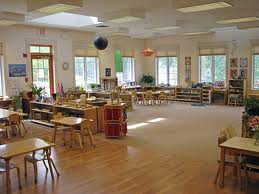
Constant preparation and adaptation of the environment to the ever-changing needs and tendencies of growing children is essential in the Montessori method of raising and educating children. The first consideration is physical safety, and then the proper support for free movement, exploration, making choices, concentrating, creating, completing cycles—all of which contribute to the optimum development of the child.
To show respect for the developing sense of beauty, to aid the growing independence, and to inspire the child to activity, we choose the best of everything for the environment.
One of the differences between Montessori education and other systems of education is that in a Montessori school the universal values of respect, trust, and tolerance are imparted to students through the use of “cosmic education.” In a Montessori environment, where subject matters are linked together and not isolated from one another, students come to know who they each are and where they stand in the “big picture” of human experience. By celebrating and exploring the diversity of cultures through art, religion, language, traditions, and day-to-day living, students come to understand the interconnectedness of all things, of all people, and the level of personal responsibility that is needed for the well-being of the world and all its inhabitants.
UNBIASED NATURE OF THE ADULT
The Montessori teacher’s role is quite different from the role played by teachers in many schools. They are generally not the center of attention, and they spend little time giving large group lessons. Their role centers around the preparation and organization of appropriate learning materials to meet the needs and interests of each child in the class. Montessori teachers will normally be found working with one or two children at a time, advising, presenting a new lesson, or quietly observing the class at work. The focus is on children learning, not teachers teaching. Children are considered as distinct individuals in terms of their interests, progress and growth, and preferred learning style. The Montessori teacher is a guide, mentor and friend.
Students will typically be found scattered around the classroom, working alone or with one or two others. They tend to become so involved in their work that visitors tend to be amazed at the peaceful atmosphere.
Montessori teachers keep their lessons as brief as possible. Their goal is to intrigue the children, so that they will come back on their own for further work with the materials. Lessons center around the simplest information necessary for the children to do the work on their own: the name of the materials, its place on the shelf, the ground rules for is use, and what can be done with it.
The teachers present the materials and lessons with precision. They demonstrate an initial exploratory procedure; encouraging the children to continue to explore further on their own. These presentations enable children to investigate and work independently. Our goal is for the children to become self-disciplined, able to use the materials and manage the classroom without minimal adult intervention.
Children progress at their own pace, moving on to the next step in each area of learning as they are ready.
Practical Life Exercises are the foundation of the Montessori environment; provide a safe and wholesome range of activities which allow the children to develop control and coordination of movement, awareness of their environment, orderly thought patterns, independent work habits, responsibility, and many other characteristics which can only be attained through spontaneous, purposeful work.
SPECIAL MATERIALS
Maria Montessori developed a specific set of materials to work together not only within the classroom, but also across classroom levels. The set within each classroom was intended to be about the right size set for a child to master in about 3 years in the classroom (or 6 years in Elementary for the full program). And the materials the child would see in the next classroom not only referred to the materials in the earlier classroom (sometimes they were the same materials, used in a more complex way), but also required the understanding conferred by that earlier material.
In sum, then, the original set of materials, as it had evolved by Montessori’s death in 1952, comprised a specific set of materials for each classroom level, carefully designed to confer specific understandings through repeated use and in the context of other materials, selected to avoid most redundancies, and quantified to allow mastery in about 3 years in a classroom.
Modified Practical Life activities are ones that do not reflect what we actually do: polishing a model shoe instead of the shoe one wears, lifting cotton balls with tongs and moving them from one jar to another (one might use tongs with ice or olives, but not cotton balls!), using a dropper to move liquids from one vessel to another for no purpose other than the movement, hammering plastic nails into clay—why? We do not know whether children of 3 to 6 years of age detect the difference between polishing their own shoes and a model shoe, or have a different sense about grating soap simply to practice grating versus grating cheese for a pizza they will make. But one would expect they do: children begin to form action plans at a very early age, and practical life without a further purpose is like an isolated part of an action plan, like a factory worker who is only allowed to put in one screw over and over and never see the whole.
The materials are central to the Montessori environment. The child uses the materials to teach himself. The directress teaches the use of the materials. Most of the materials are designed so that there is a gradual and cumulative pattern to their use. Many times, children can write in cursive around age 4, but they can’t do it just when requested, they need to have the sandpaper letters available to guide their actions. This is similar in the math area, children are memorizing math facts with the use of finger charts, they are not capable of doing this unless they have been led through the succession of math materials starting from simple exercises and increasing in complexity. I would suggest that the trained person who would lead this community be sought in advance, it would be great to have them available to answer questions or give a demo at your presentation. Short of that, you may be able to find a practicing directress in your area who would be willing to come to the meeting.


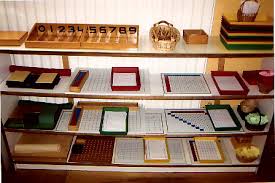
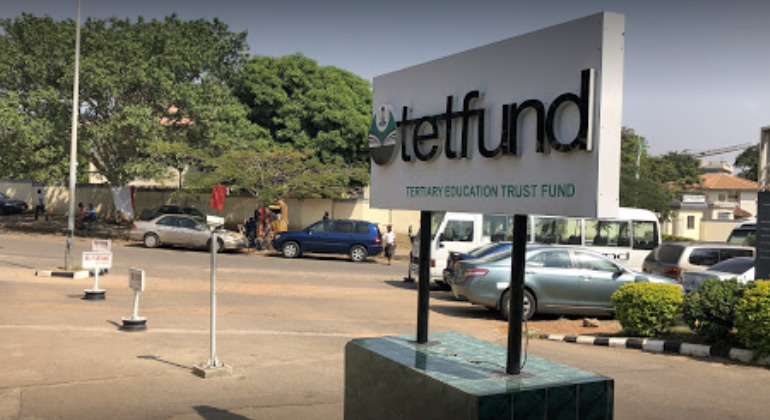
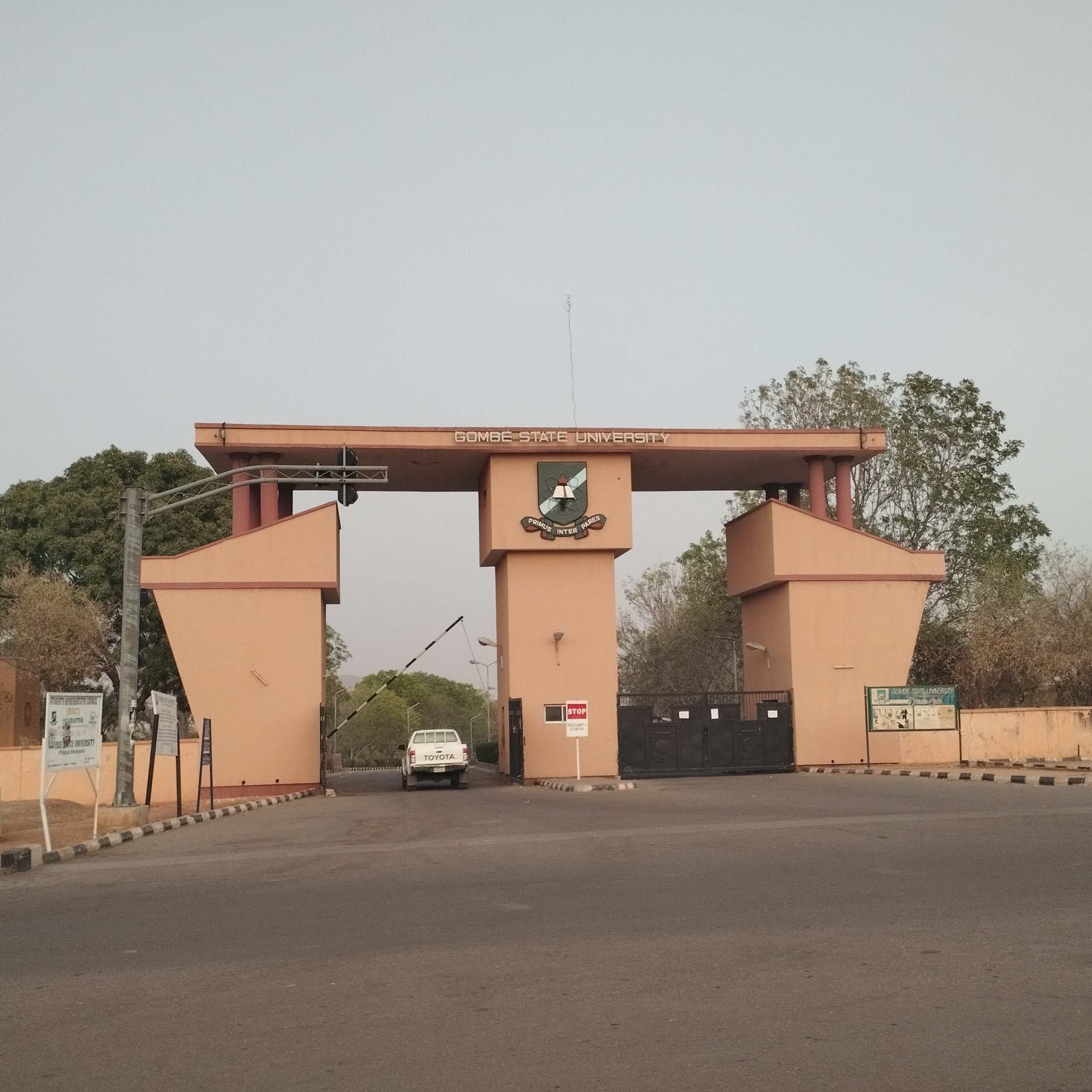
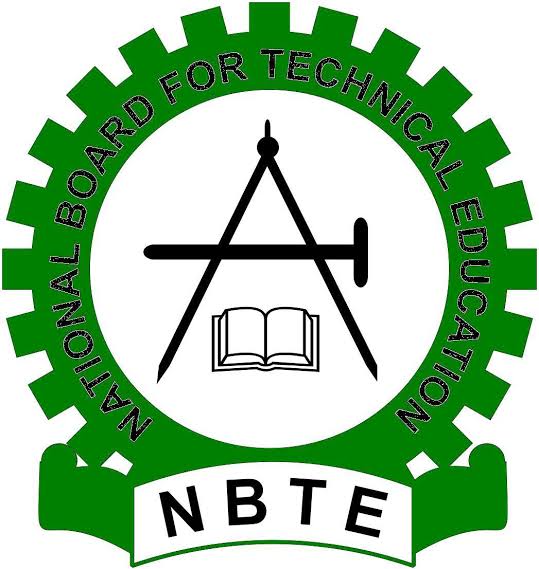
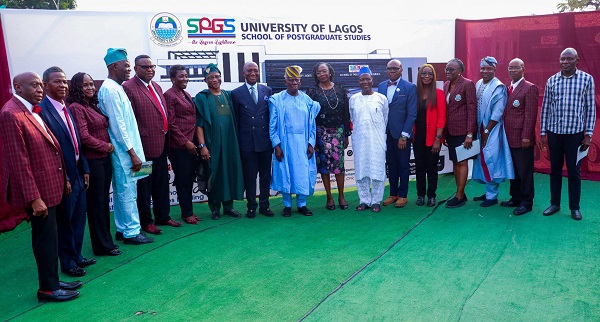
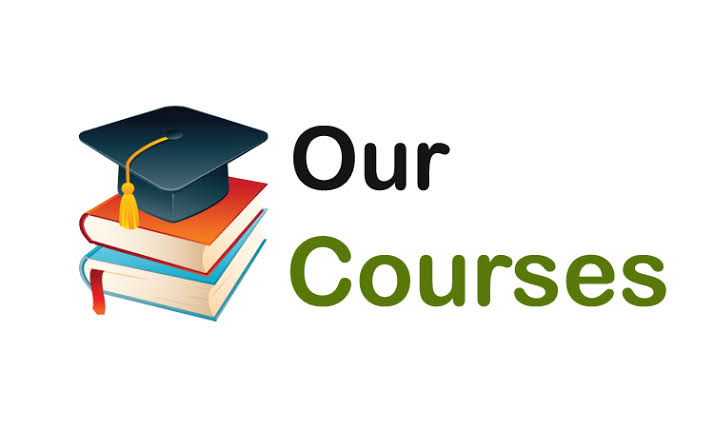
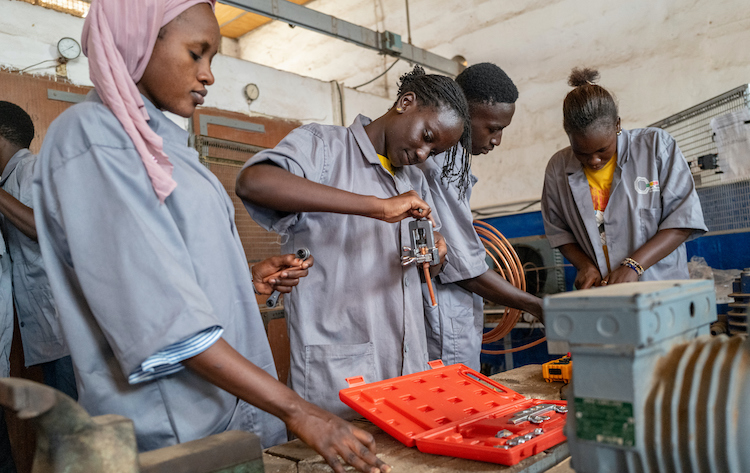

Hello , you are good writer, i love edugist.org
I love edugist.org
Hello , you are good writer, i love edugist.org
I love edugist.org